
Kathryn

Jason
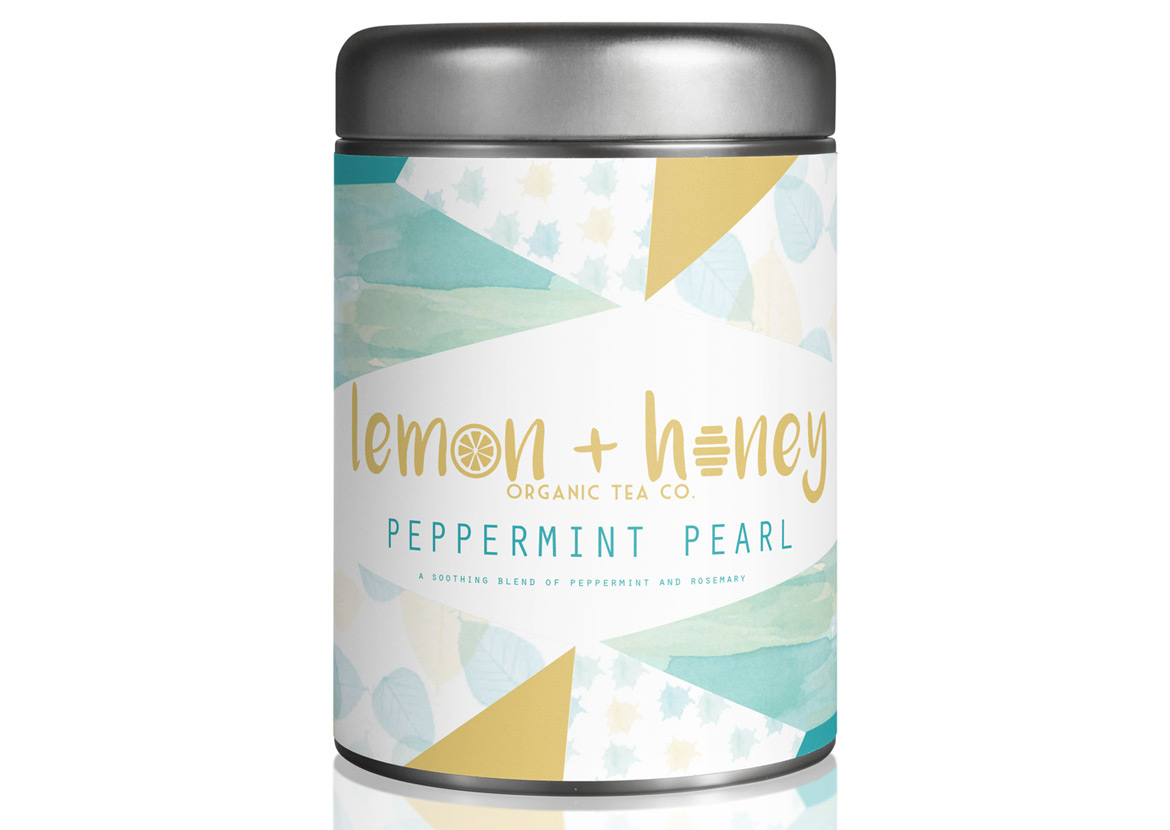
Claire

Katherine
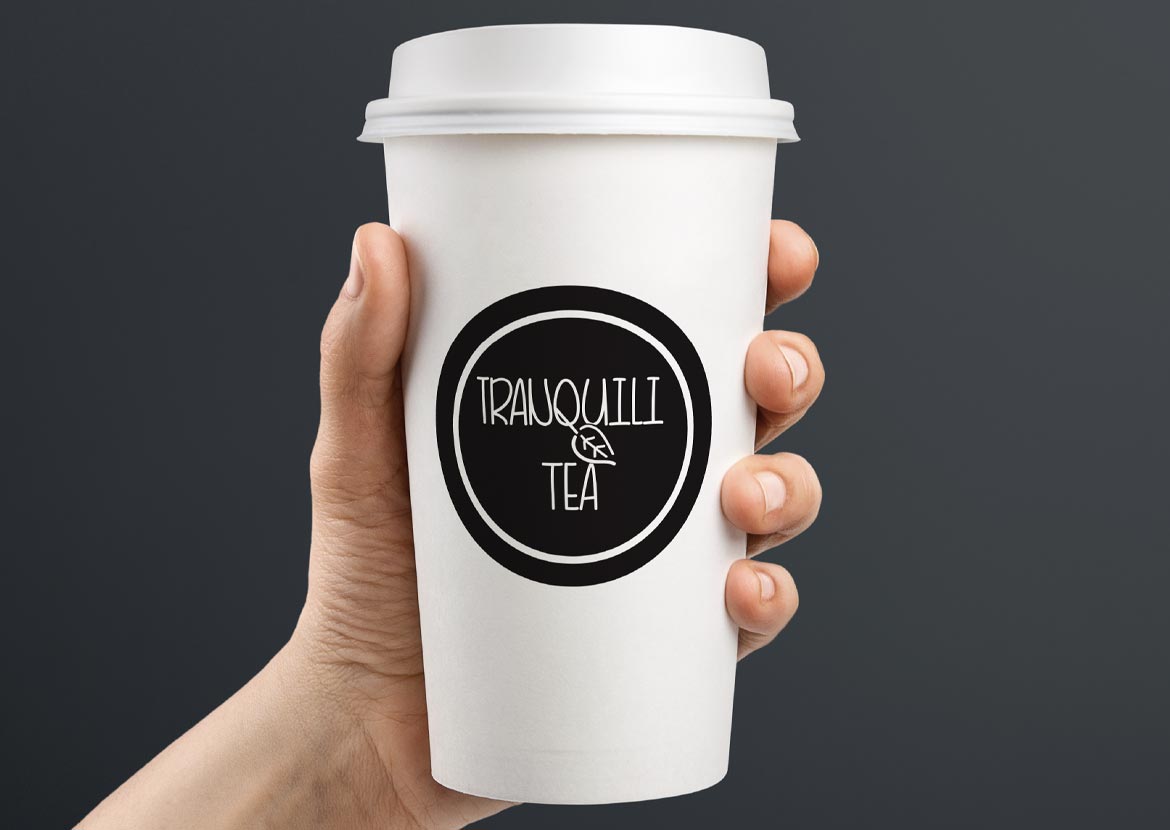
Kara
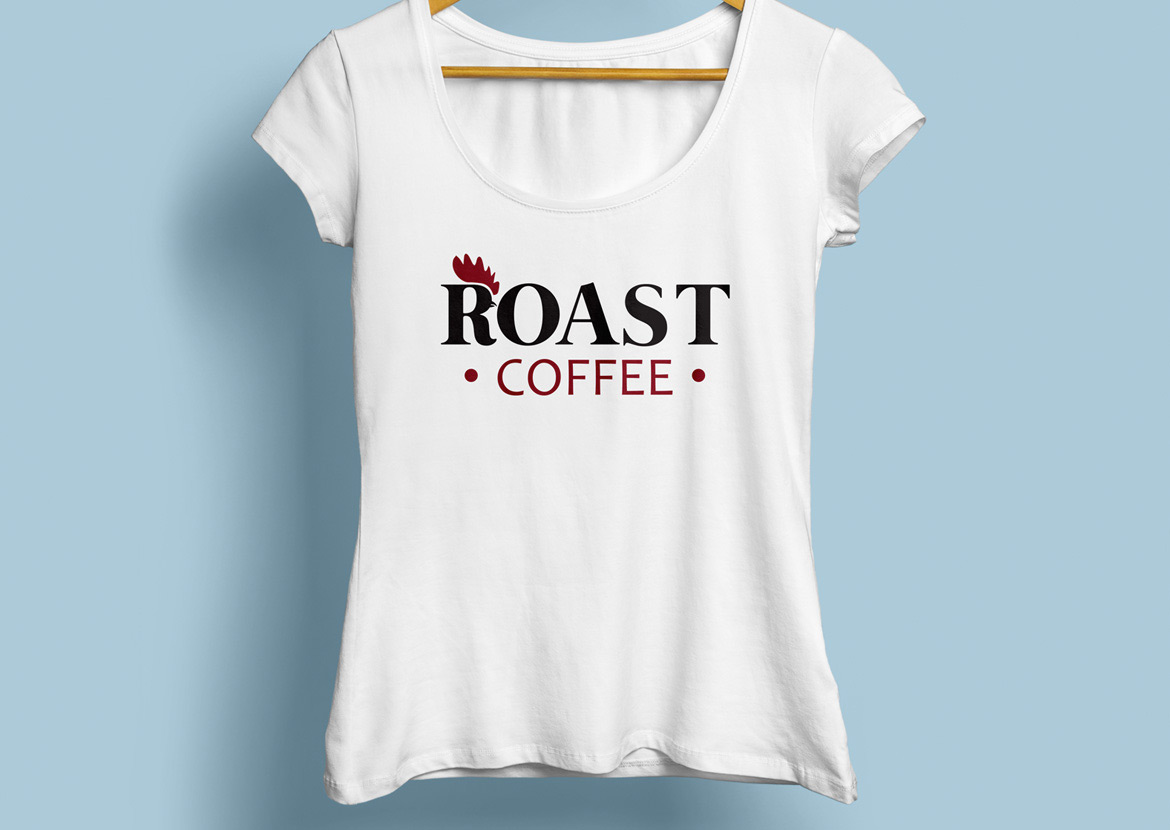
Julia
Logo Development for Organization
Recreate a logo for a local community service, in RI or your home area. The logo must incorporate an icon with the type treatment that would allow for the mark to be used separately in subsequent designs.
Download Project Handoutproject overview
This project will focus on a local [to the area in Bristol or a place near your home town] non profit organization. You are asked to develop the re-branding of a company that incorporates a mark/icon with the type treatment. This icon could then become the staple in all other designed elements. Think about the imagery that is synonymous with the service this company provides. Think about the colors and typefaces that would help people connect this brand with the services and industry that it serves. As the logo becomes solidified, apply rules you have developed to create the subsequent design pieces to strengthen the visual brand.
gained knowledge
At the conclusion of this project, you will have created an entire set of rules and a system for a company identity. You will understand the importance of consistency for building a brand and how these rules are enforced. You will better understand how to use Illustrator in creating files for both print and screen use and how to use certain tools to create a logo with a branding guideline. You will have used both illustrator and photoshop to develop designs that strengthen the visual brand while working in both a vector and pixel environment.
- type tool and multiple ways of inserting text
- looking at typefaces and characteristics for each chosen face
- using the paragraph options
- pen tool
- different selection tools and when each are used
- rectangle tool and use of guides
- color books along with spot colors
project requirements
- new logo development
- color version - no more than 3 spot colors
- black and white logo
- one color version
- reversed on black background
- business cards that also serves as informational / marketing tool
- two sided design that is set up for print utilizing
- proper bleeds / margins / sizing
- name of an individual with the organization
- address / phone / email / url
- back of design should focus on the services of this organization
- you must identify the print service you will be using for these cards
- one page website that responds to both tablet/laptops and phones - mock up only
grading scheme
- 5 of 5 : the quality and aesthetic appeal of the logo itself - showed four versions of the finished logo
- 1 of 1 : milestone | showing mood board / research
- 4 of 4 : uniqueness & creativeness of the design - how well was the design problem solved
- 3 of 3 : strength of all the pieces as a whole / consistency - business card and responding website mockup
- 1 of 1 : milestone | uploaded logo breakdown
- 2 of 2 : research/process of the project - mood board
- 2 of 2 : following project specifications
- 2 of 2 : preparedness & participation

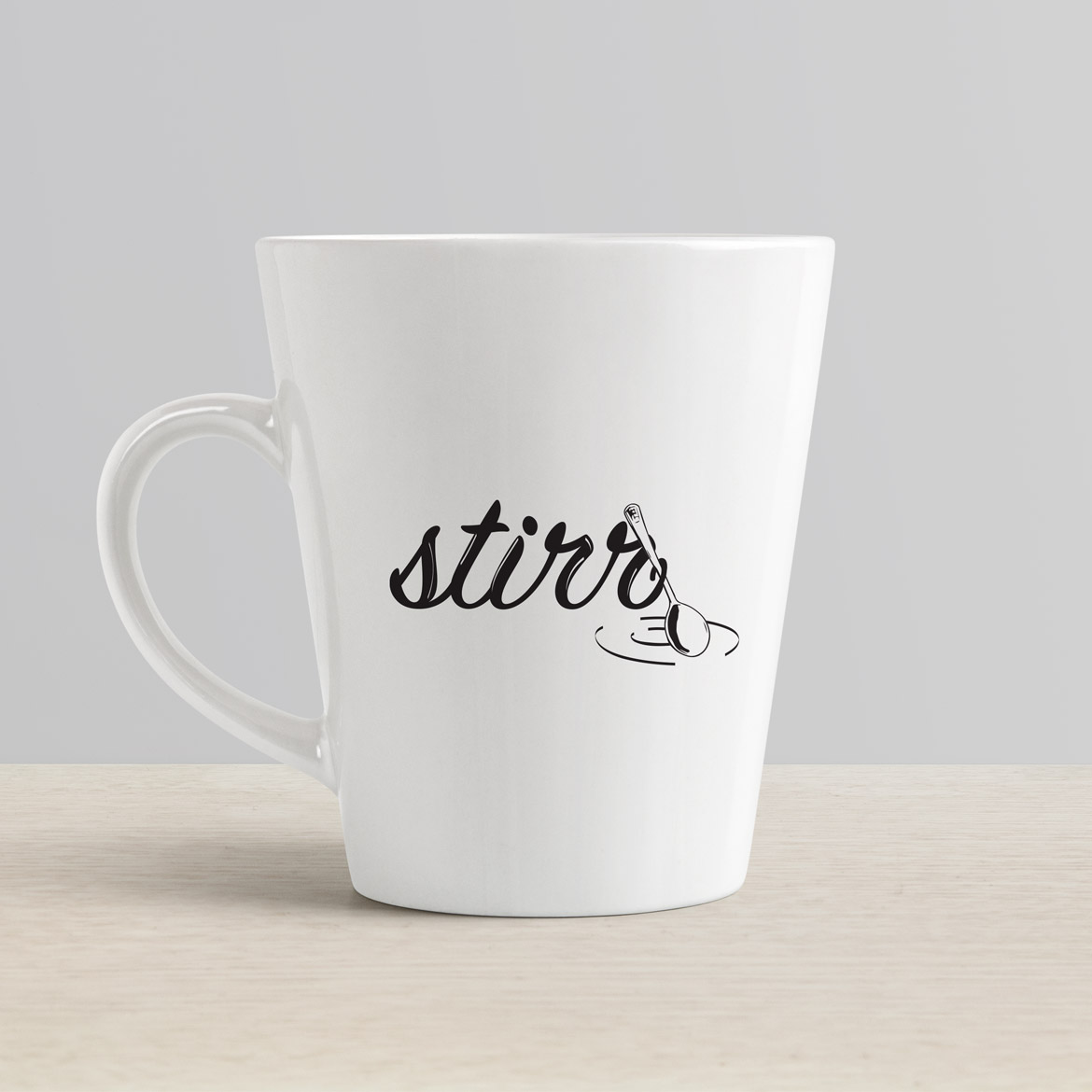
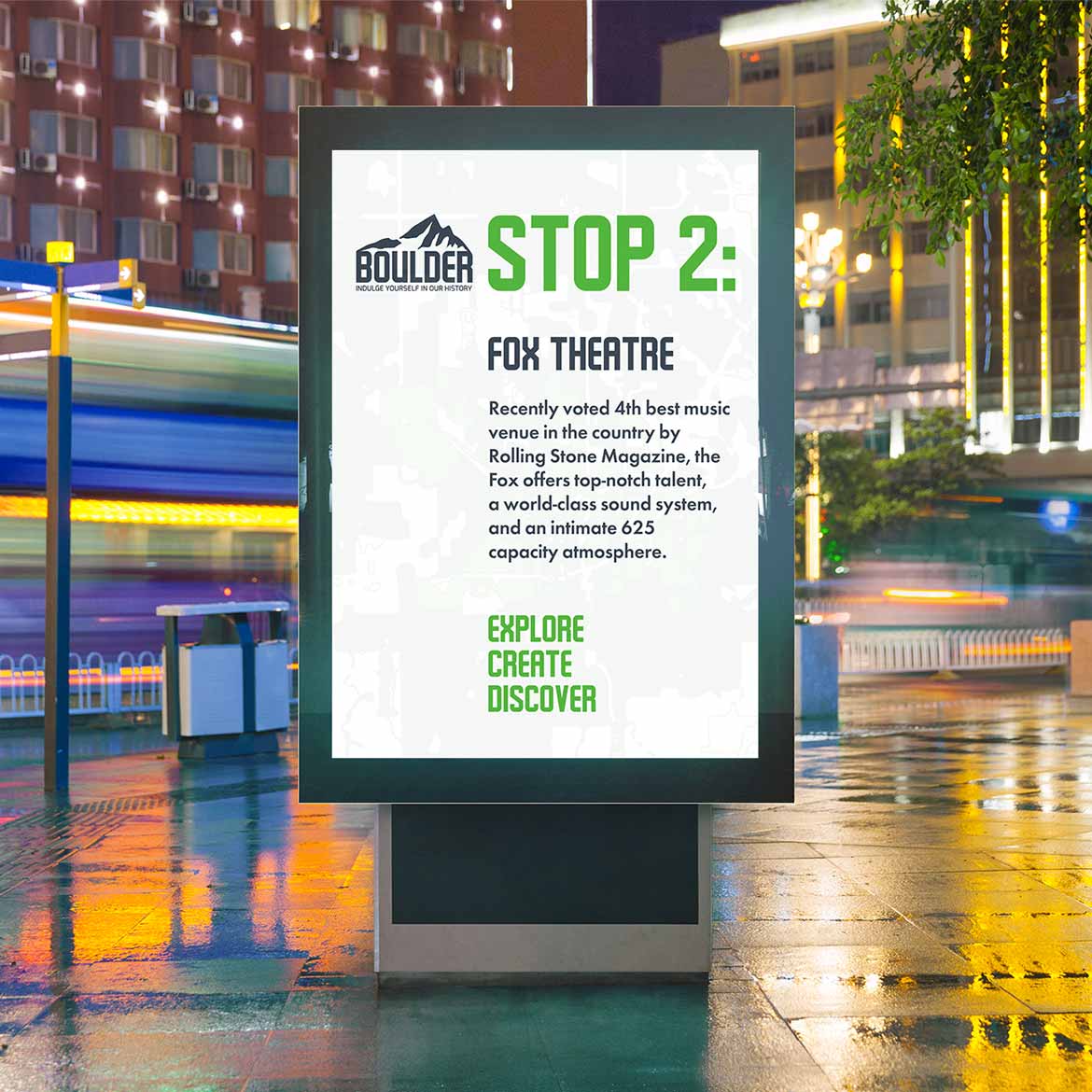
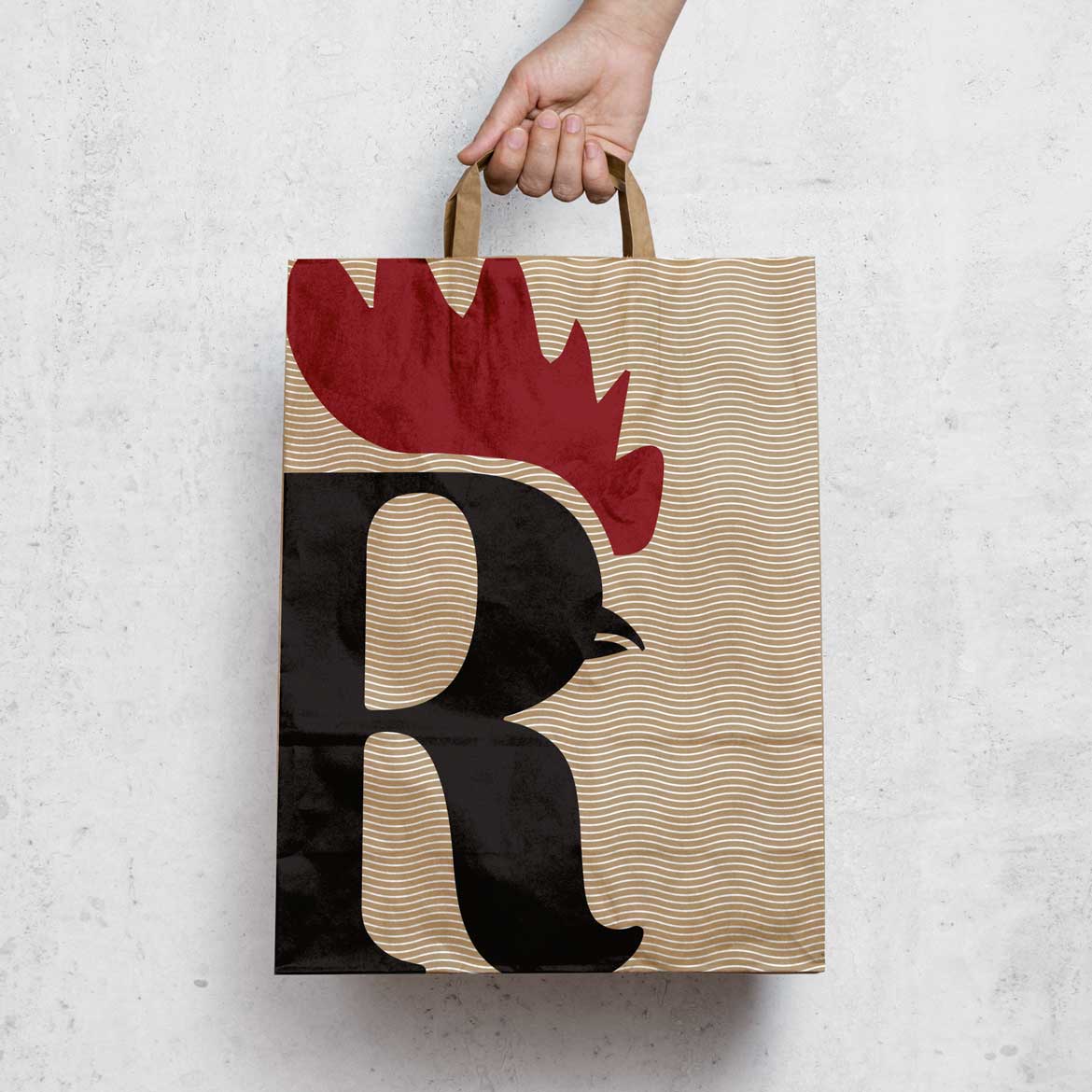
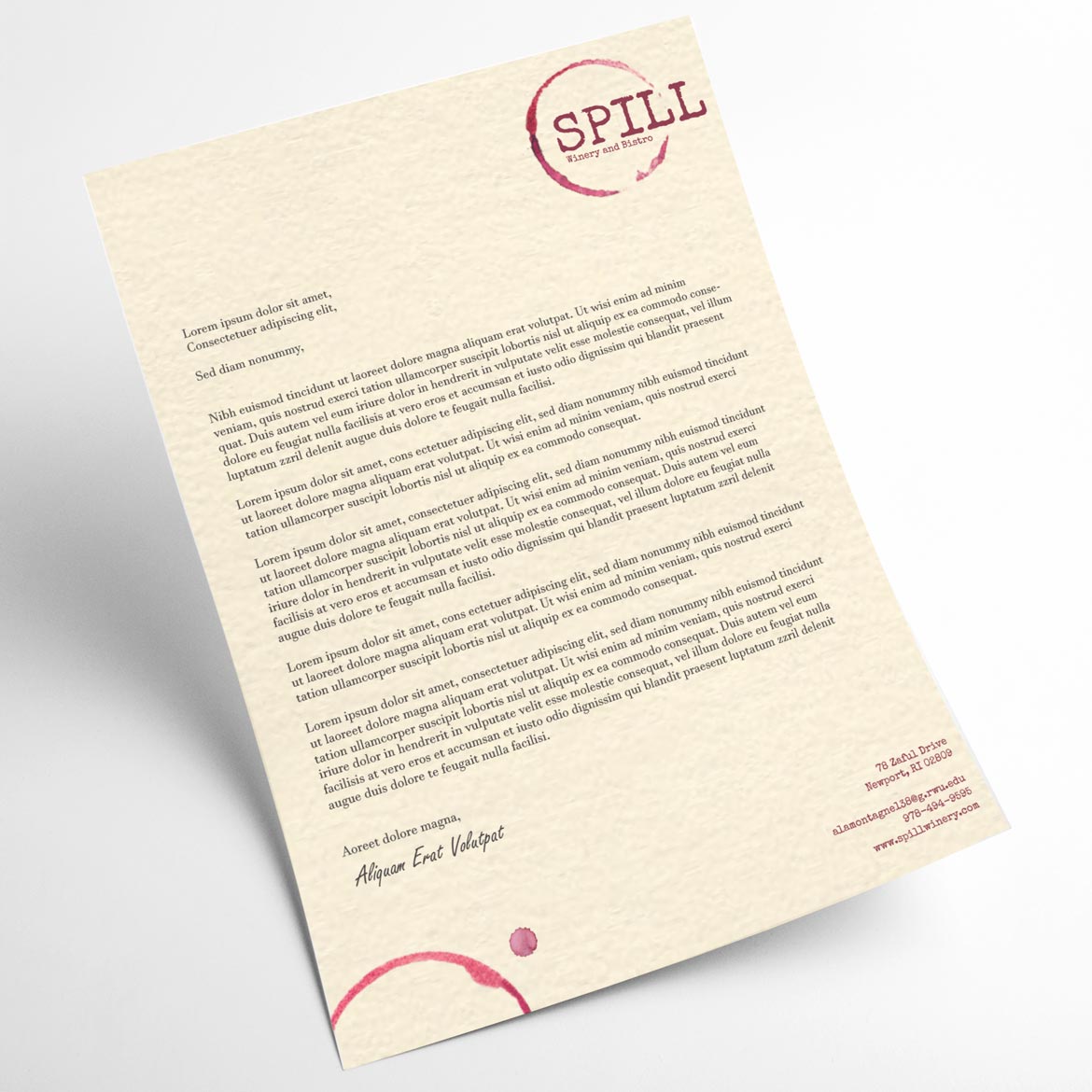
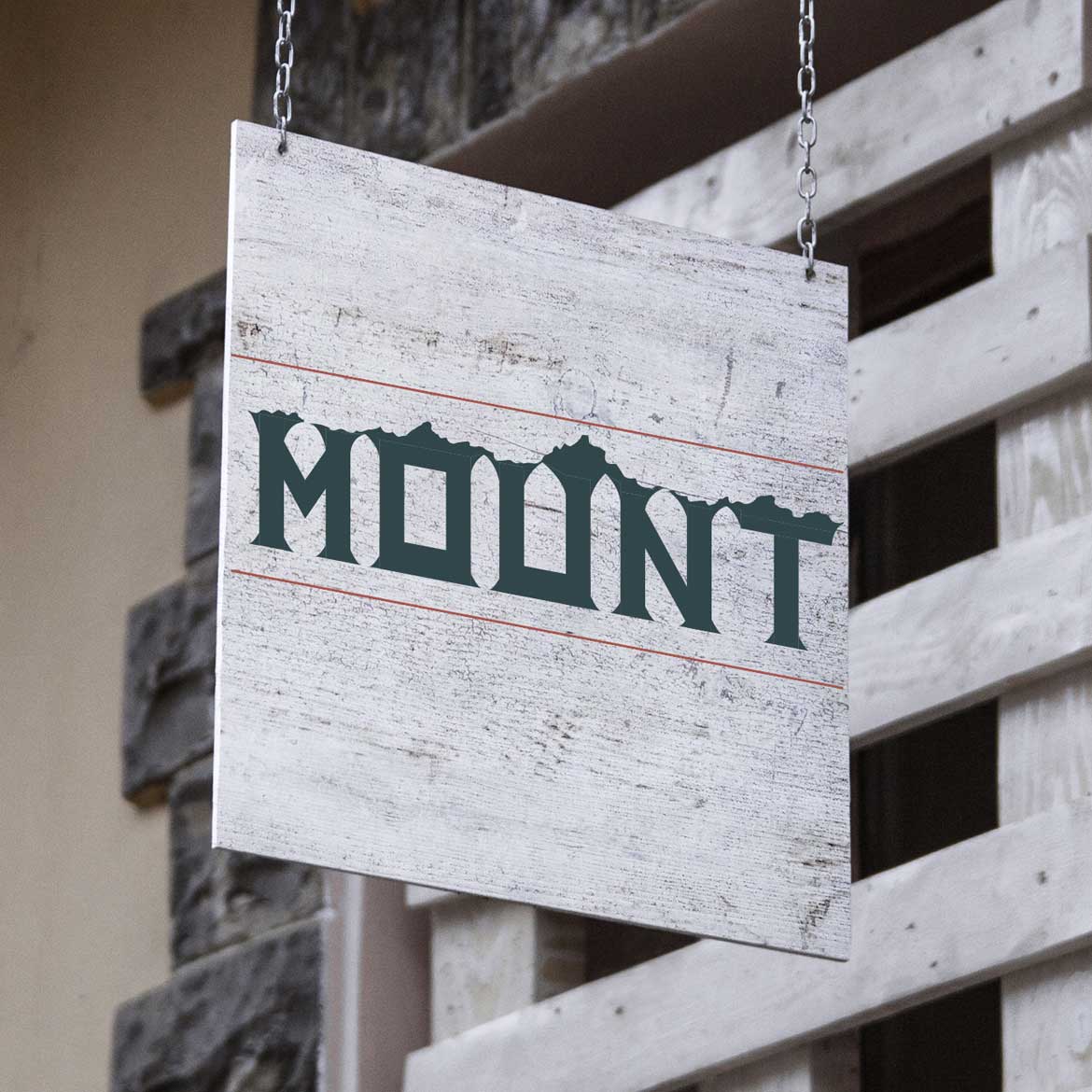













Approach
Each project will have specified due dates during the course of the semester. The outline for each project will follow a tight schedule with multiple milestones that should be followed closely. As each aspect of a project relies on one another, falling behind will cause delays in the implementation of your rationale and solution. More importantly, not receiving critical feedback and having proper time to digest that criticism, will hinder your ability to improve and further your skills. Throughout this course, you will receive criticism and feedback from myself and other students. Learning how to digest this feedback and apply to your design is a major part of this course. Knowing and understanding how is absolutely important - but articulating the why is equally important.
During this class, you will develop projects ranging from print to screen, from logo/branding to packaging and publication. Each project will be multifaceted and cater to a unique design problem. Focusing entirely on one aspect of the assignment will not yield a successful design. Approaching each project from a wide lens then narrowing in on key specific elements is the point of these four projects. ASK QUESTIONS from the start and throughout each project. Constantly ask questions and challenge yourself.
Utilizing different methods of printing and the industry standard software used to develop the end design pieces will be covered in more depth for each of the projects and assignments.
There will absolutely be last minute curve balls thrown at you during projects.
Each project that will be designed in class will differ just as each student will have different taste, direction and subject. Because of this, it will allow for a much diverse range in projects that will at times have students being pushed in different directions as their project demands. Never does one set of rules govern design just as the process and approach often will too. Certain rules can be broken and yet some absolutely must not. If you like to break rules, I welcome the challenge but you had better be prepared to offer a clear rationale as to why you are correct.
Each project will be developed on screen and accompanied with multiple applications that will differ from project to project. Printing out your designs and seeing how they look off screen is vital. The contrast and quality of images and color along with type readability without the back glow of the screen, can only be perfected with prints. You will be asked to use software you have already used in previous courses and throughout this semester your knowledge using these will be strengthened.
This class is about problem solving but more importantly understanding how your decisions and finalized executions affect all future components going forward. Often, a design may work perfect for one application but falter or fail in a complimenting one. This will force you to back track and redevelop your ideas and direction. It is rare when a set of design rules is created in isolation on one part of a project that can work perfectly across multiple aspect of the umbrella.
On project due dates, come to class with the project already completed and uploaded. We will not be printing projects to submit - though printing should be used through the design process. Projects must be uploaded before class starts on the due date.
Projects are due on a specific date and if missed, will be docked a full letter grade for every class meeting that passes. If you upload your project five minutes after class starts, it is late. These projects will require work done outside of class time. Please balance your commitments and do not fall behind. You may resubmit any project for grading until the last week of classes - unless that project was handed in late.